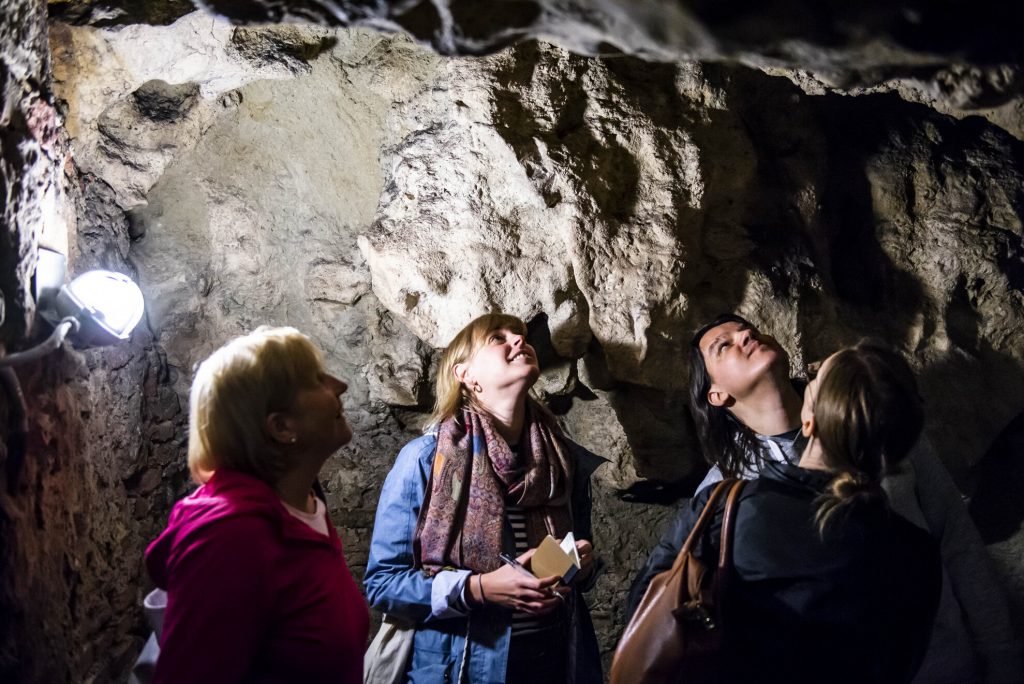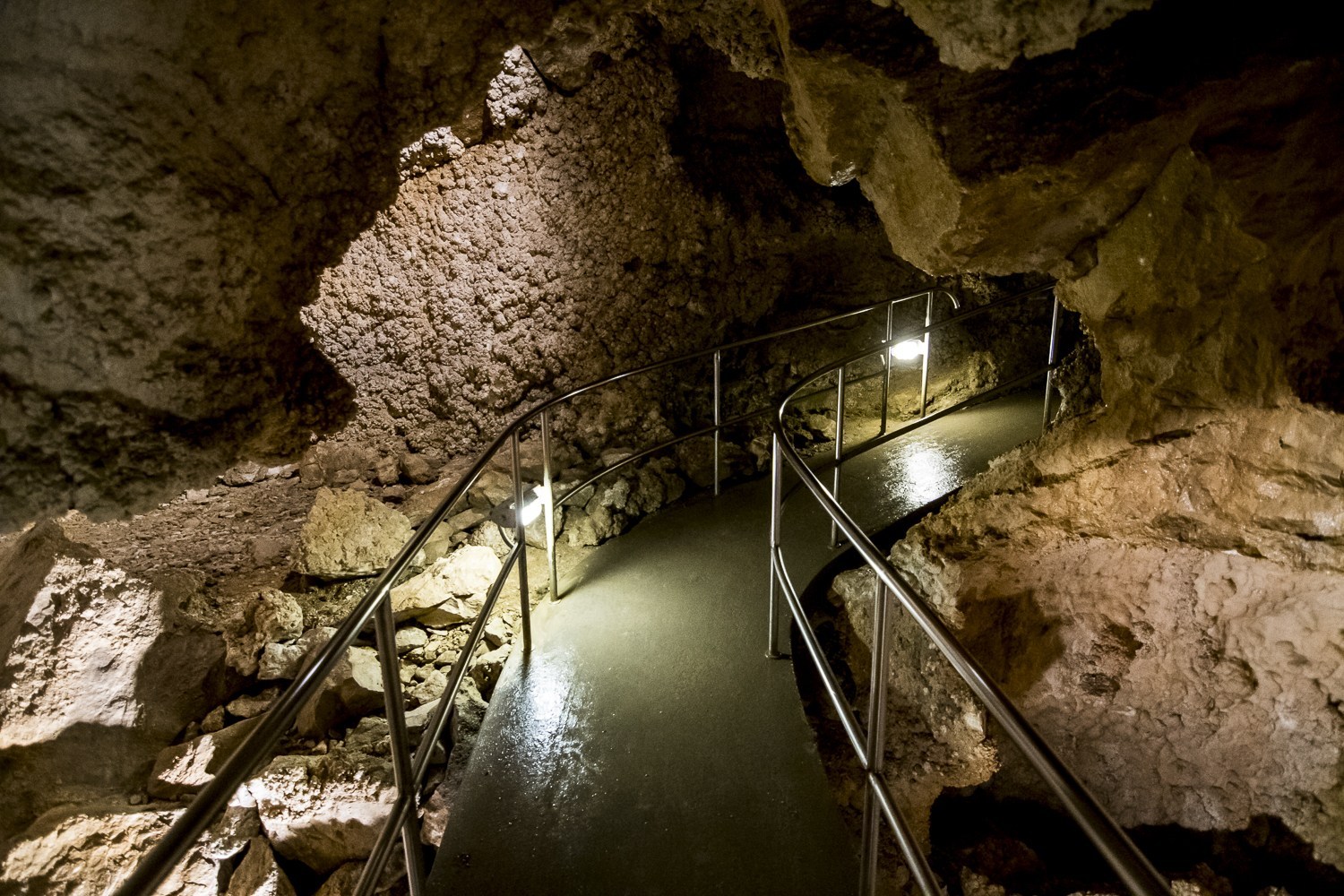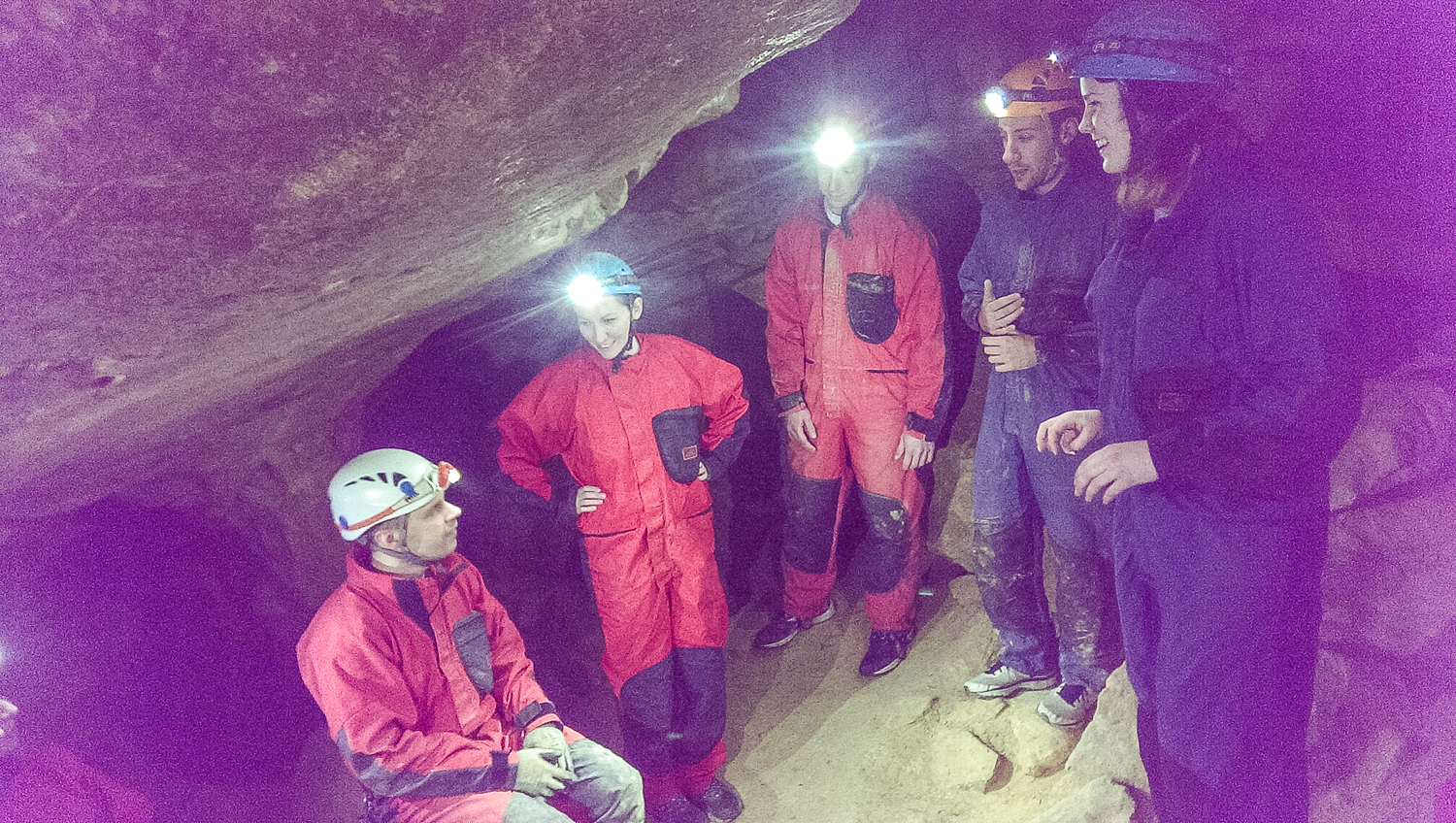There is something eerily exciting about descending deep into the Earth to venture along strange passages. Caves weave through Buda, from the Castle Hill to distant Pál-völgy. To mark the recent World Cavers’ Day, we explore the city’s three main underground attractions.
Budapest
Downtown Pest embankment to be car-free for 3 weeks
After the car-free weekends, now a shorter section of the Pest embankment is to be taken over by pedestrians for 3 full weeks.







